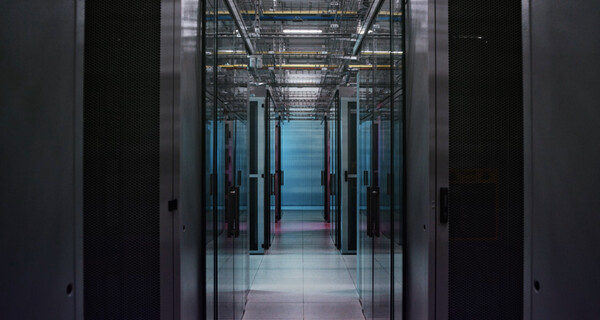Data centers need to operate around the clock with no interruptions, even in the case of a larger power shortage. To do that, they are equipped with comprehensive back-up power units, also known as uninterrupted power systems (UPS).
"Some time ago we realized the unused potential of data centers around the world. When it comes to providing energy to the grid in the moments of unusual demand, data centers can really help. They have a lot of reserve and back-up power units that can be connected to the energy grid, such as large batteries and generators", Ilari Alapera says.
Despite being connected with Fortum Spring, the security and performance of the data center is never compromised. The center's UPS batteries decide if they are capable of providing energy to the grid, and always prioritize the data center operations. This means that the center never runs out of power.
"Each UPS battery in the Helsinki Data Center is equipped with a Fortum Spring demand response controller, but the UPS is ultimately always in charge. It assesses its status and availability to provide the service, if called upon by Fortum Spring. The whole process happens in just milliseconds", Alapera explains.
Turning unused UPS systems into revenue
How do the data center operators benefit from participating in the energy network? Participating in demand response brings two benefits to Telia.
First, the cooperation helps Telia to decarbonize the society. As a responsible company with environmental values in its strategy, this is an opportunity to contribute for a more sustainable world.
The second benefit is the ability to leverage often unused power systems for new revenue streams for Telia.
"Luckily, our UPS systems are unused almost all of the time. Previously these costly investments were not turning in revenue as they were just a consistency system for the actual data center. With the integration of Fortum Spring, we've been able to use the battery and generator investment to participate in the energy market, helping to make the data center as a whole a profitable investment", says Alapera.
Global future potential is growing fast
Currently there are more than 7,500 data centers around the world, with the number growing fast. In the U.S. alone, about 2% of the total energy is used by data centers.
"The potential for using data centers to provide flexibility to energy systems in the future is huge. We're very proud to be pioneers in this field at Helsinki Data Center together with Telia, and show the way for others on how to leverage unused systems in decarbonizing our societies", adds Alapera.
